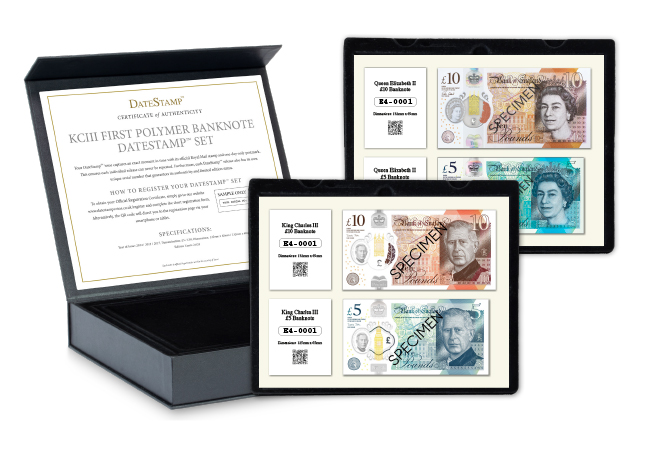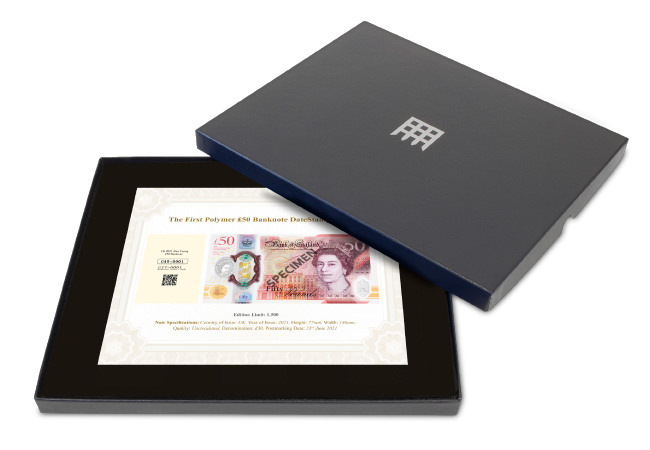Posts Tagged ‘DateStamp banknote’
DateStamp™ Collectables: Capturing History for Generations
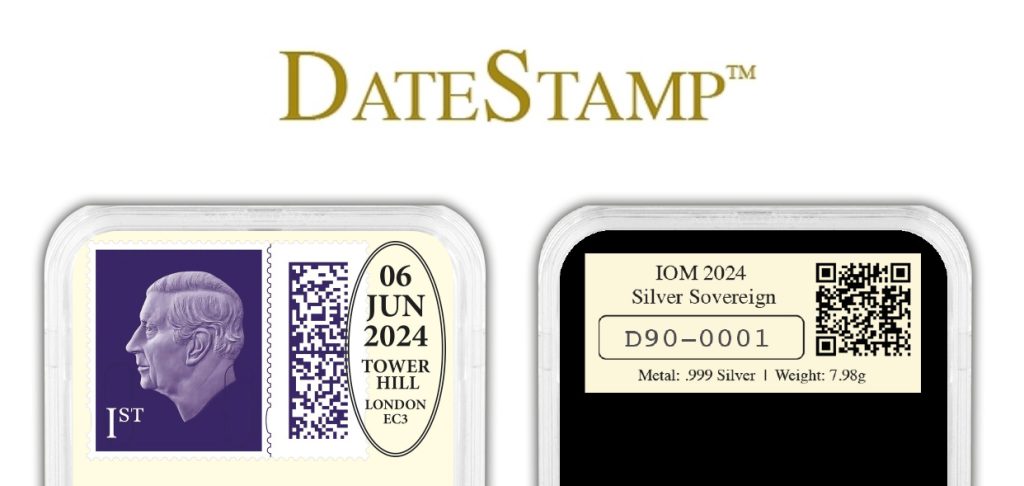
At The Westminster Collection, we take pride in offering collectors unique & exclusive pieces. The DateStamp™ series exemplifies this with a distinctive approach to commemorating iconic moments.
What makes DateStamp™ collectables truly special?
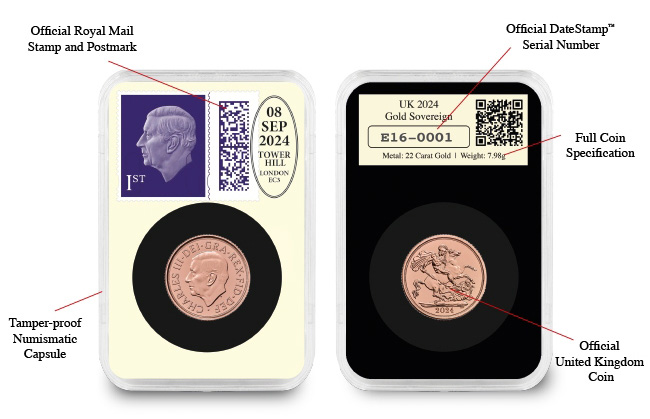
- Official Coin or Medal
Every DateStamp™ includes a fully authenticated coin or medal, ensuring you hold a legitimate and certified piece of numismatic heritage. - Moment in Time
A one-day-only postmark from Royal Mail makes each piece a time capsule, tying it to a significant event. This exclusive postmark is carefully selected to commemorate historical milestones, adding immense value and importance to your collectable. - Registered to You
Uniquely serialised and individually registered, each DateStamp™ coin or medal emphasises authenticity and its limited-edition status. The serial number not only guarantees your collectable’s origin but also highlights its exclusivity within the series, making it an extraordinary keepsake. - Protected Forever
Encased in tamper-proof capsules, DateStamp™ items are preserved in perfect condition. Favoured by collectors worldwide, these protective capsules ensure your coin or medal remains unblemished, retaining its value and beauty for generations to come.
Why Collect DateStamp™?
These collectables have become highly sought after for their historical significance, rarity, and impeccable quality. Owning a DateStamp™ means preserving a part of history, ready to be passed down as a treasured heirloom.
Discover our range of DateStamp™ coins and medals and secure your piece of history today. Visit The Westminster Collection DateStamp™ Range to explore these timeless treasures.
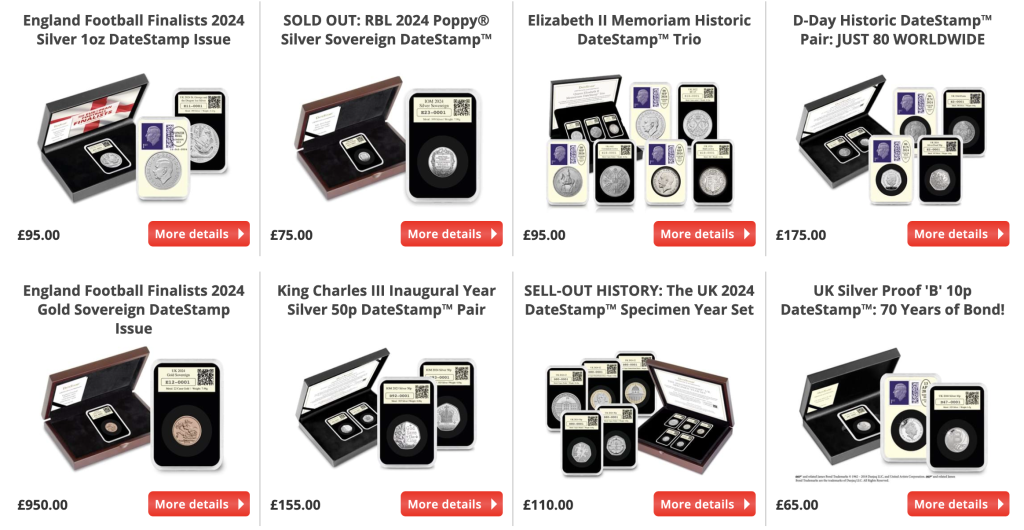
The Evolution of Banknotes: From Paper to Precision
The history of English banknotes is a fascinating journey of innovation, security, and tradition. From the earliest issues to the forthcoming King Charles III banknotes, each phase reflects the technological and cultural shifts of its time.
A Brief History of UK Banknotes
The Bank of England began issuing banknotes shortly after its establishment in 1694. Initially, these notes were handwritten, a far cry from the highly sophisticated currency we use today. By the mid-18th century, partially printed notes were introduced, with the denomination and other details filled in by hand.
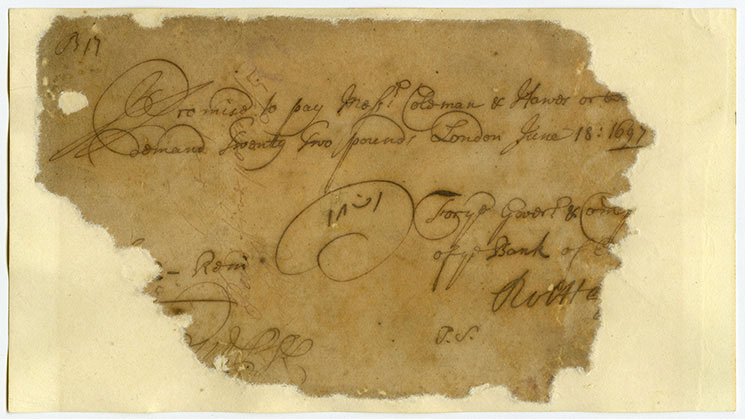
Source: Bank of England website
https://www.bankofengland.co.uk/museum/online-collections/blog/our-earliest-bank-of-england-note
The 19th century brought significant changes with fully printed notes and the introduction of standardized designs to prevent forgery. A pivotal moment in the history of UK banknotes came in 1960 when Queen Elizabeth II became the first monarch to be featured on the Bank of England notes. Her portrait on the £1 note marked the beginning of a tradition of depicting reigning monarchs on the nation’s currency, providing a sense of continuity and national identity.
Security Features: From Simplicity to Sophistication
As technology advanced, so did the sophistication of banknote security features. Early notes relied heavily on the quality of the paper and intricate designs to deter counterfeiters. However, as counterfeiting techniques improved, so too did the security measures.
Modern UK banknotes are a marvel of technology and design. Click on the dots below to explore the key security features:
Introducing the King Charles III Banknotes
In a historic move, the Bank of England is set to release the new King Charles III banknotes on June 5th, 2024. This marks the first time in over 70 years that a new monarch’s portrait will grace the currency, following the reign of Queen Elizabeth II.
The King Charles III banknotes will continue to feature the same high-security features of their predecessors and the new banknotes will initially be available in £5, £10, £20, and £50 denominations. They will circulate alongside the existing Queen Elizabeth II notes, gradually phasing out the older series as they wear out.
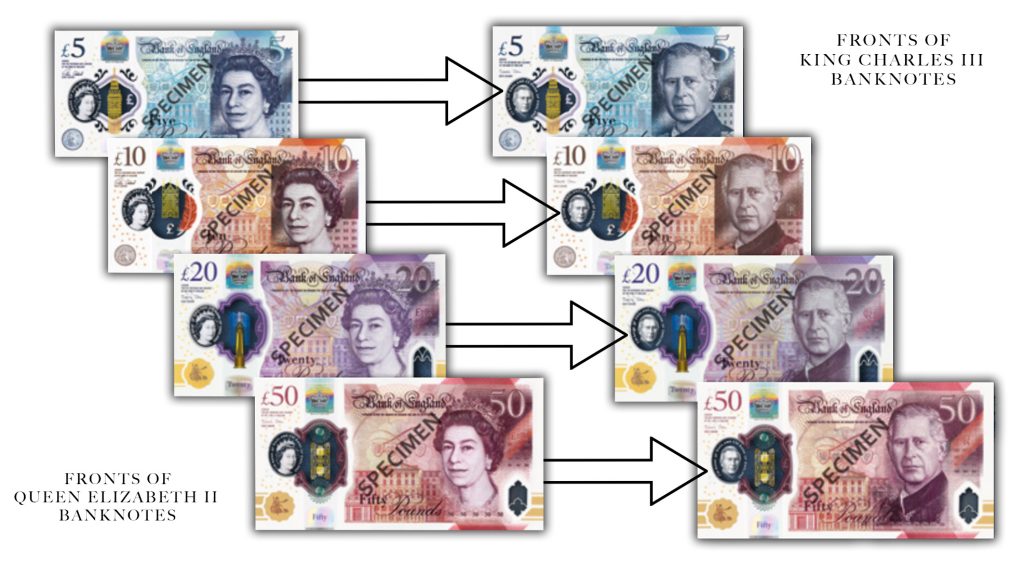
Introducing the DateStamp™ Set: Connecting the Past and Present
To commemorate this historic transition, we are excited to introduce an exclusive DateStamp™ set that brings together the past and the present of UK currency. This unique collection features the Queen Elizabeth II £5 and £10 banknotes alongside the brand new King Charles III £5 and £10 banknotes, each postmarked on the official issue date, 5th June, 2024.
You can now be one of just 2,024 collectors to own this special set.
Click here now to pre-order yours before the official release >>
The secrets hidden in the NEW Alan Turing £50 banknote…
Whether you love them or hate them, it’s fair to say that when the Bank of England issued the very first polymer banknotes, UK currency was revolutionised. As well as refreshing the designs of the notes, these polymer versions were considered a cleaner, safer, and stronger alternative.
In 2016 it was the £5 that received the first makeover, and Winston Churchill was selected to feature on the note. Jane Austen soon followed on the £10 note and JMW Turner was selected to feature on the £20 polymer note last year.
Now, the scarcest and largest banknote in circulation – the £50 banknote – has received the same polymer makeover treatment, and on 23rd June 2021 the brand new polymer banknote featuring Alan Turning was released.
But it’s not only the design that makes this note special. You see, the Bank of England have described their polymer notes as the most secure series of banknotes yet. So, I’m of course curious to see what special security features have been worked into the design of our newest banknote…
Britain’s most secure banknote
Before the revolutionary polymer £50 came along, The Bank of England estimated that there were over 350 million £50 paper banknotes in circulation in the UK in 2021 – the lowest number of all UK banknotes.
Last year, approximately 20,000 counterfeit £50 notes were seized by The Bank of England – the second highest number of counterfeits out of all UK banknote denominations. When you consider that, it’s understandable that the need to make the new £50 polymer banknote difficult to counterfeit was at the forefront of the designer’s mind!
Let’s take a look at some of the security features incorporated into the design:
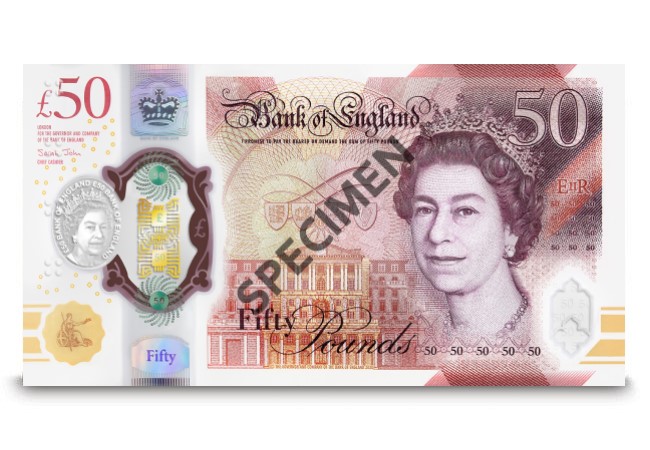
- Transparent windows – the foil in the large see-through window is green and gold on the front, and silver on the back. Within the gold foil squares the image changes between ‘50’ and a ‘£’ symbol when tilted. Plus, there’s a second, smaller window in the bottom corner.
- Changing holograms – the hologram beneath the large clear pane will alternate between reading ‘Fifty’ and ‘Pounds’ depending on what way you tilt the note.
- The Queen’s portrait in the transparent window – the Queen’s portrait is printed on the window with ‘£50 Bank of England’ printed twice around the edge.
- Foil patches – a silver foil patch contains a 3D image of the coronation crown. There is a second red foil patch which contains the letters ‘AT’.
- Ultra-violet technology – under UV light, the number ’50’ appears in bright red and green on the front of the note, against a duller background.
- Raised dots – you’ll find four clusters of raised dots in the top left hand corner. This tactile feature helps blind and partially sighted people identify the value of the note.
Alan Turing design
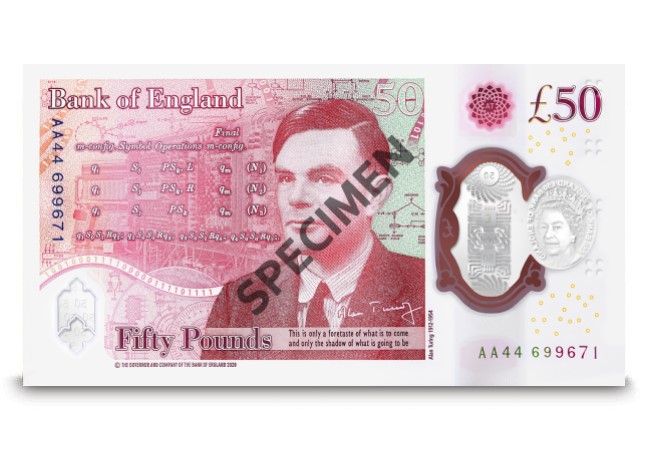
In 2018 the Banknote Character Advisory Committee chose to celebrate the field of science on the £50 note. Following this, nominations were accepted by the public over six weeks, accumulating over 225,000 nominations and 989 individual characters for consideration. 12 names were shortlisted, and Alan Turing was finally selected by the Governor of the Bank of England.
The note itself features a portrait of Turing based on a photo taken in 1951 by Elliot & Fry which is part of the Photographs Collection at the National Portrait Gallery. The artwork on the reverse of the note celebrates Turing’s pioneering mathematics and work with computers.
Most notably the design features technical drawings for the British Bombe, the machine specified by Turing and one of the primary tools used to break Enigma-enciphered messages during WWII.
Stationed at Bletchley Park, he played a pivotal role in cracking intercepted coded messages that enabled the Allies to defeat the Nazis in many crucial engagements, including the Battle of the Atlantic. It’s estimated that this work shortened the war in Europe by more than two years and saved over 14 million lives.
What do you think about the new £50 Polymer note? Let us know in the comments!
If you’re interested…
If you’re looking for a way to own this significant, revolutionary piece of British currency, then look no further than the UK 2021 £50 Polymer Banknote DateStamp™ issue. Each DateStamp™ issue has been postmarked by Royal Mail with the note’s first day of release – 23rd June 2021 – forever ensuring its provenance.
First issues are always valued by collectors and by owning the DateStamp™ issue you will be one of just 995 collectors able to forever mark the date the new £50 polymer banknote entered circulation. We have a limited number available, so click here to find out more >>


